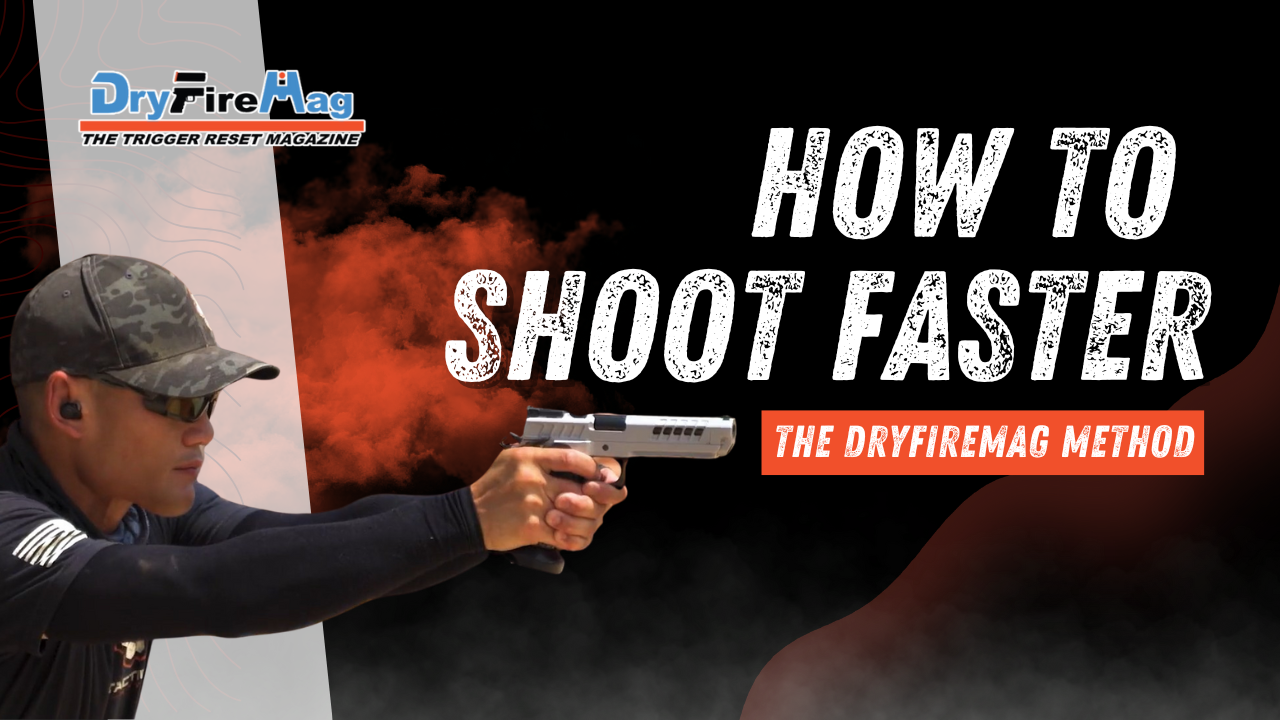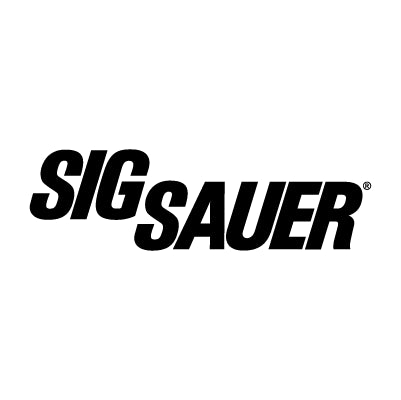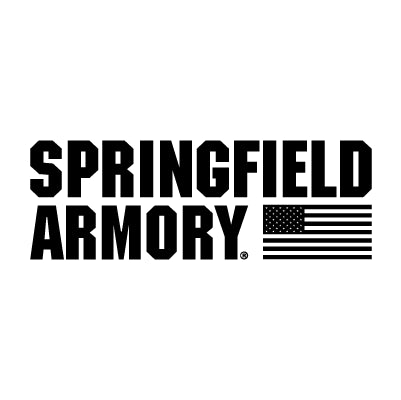
Speed and accuracy go hand-in-hand in shooting. Anyone can slap a trigger quickly, but doing it under control, on demand, is what separates the competent shooter from the advanced one.
At DryFireMag, we’ve seen thousands of shooters make the same mistake: they try to “go faster” by sheer willpower, rather than following a deliberate process.
The truth? Speed isn’t about moving recklessly—it’s about removing wasted motion, building efficiency, and conditioning your nervous system to respond faster. Let’s break down how to train smarter so that speed becomes a natural byproduct of your technique.
Why Speed Matters (and Why It’s Misunderstood)
Most shooters think “fast” means quick trigger fingers. In reality, speed is an outcome of efficiency: a good grip that controls recoil, a smooth trigger press that resets early, and visual discipline that anticipates where the sights will settle next.
Here’s the kicker: speed isn’t linear. You don’t just shave a tenth of a second off by pulling harder. True speed jumps come from breakthroughs in mechanics and rhythm. That’s why the DryFireMag method emphasizes rhythm, reset, and realistic practice tools.
The Three Pillars of Shooting Speed
We teach speed in three distinct categories. Think of them as the foundation of your house—without all three, things crumble.
-
Trigger Mastery – Learn to reset and prep the trigger without hesitation.
-
Recoil Management – Control the gun so it returns to the target consistently.
-
Visual Rhythm – Train your eyes to “see faster” and process sight alignment sooner.
Let’s dig into each one.
1. Trigger Mastery: The Speed Gateway
Every fraction of a second counts. Most shooters waste time by holding the trigger pinned back after the shot, waiting for the gun to settle, then slowly letting it forward to reset. That’s like braking and accelerating in separate steps—inefficient and slow.
Instead, condition your finger to reset during recoil. The moment the gun lifts, let the trigger move forward. By the time your sights are back, you’re already ready for the next shot.
DryFireMag Advantage: Unlike traditional dry fire where you rack the slide each time, DryFireMag allows endless repetitions of proper reset. That means you can burn in the motor pattern of resetting while the gun moves—exactly how it works in live fire.
Drill:
-
Insert DryFireMag.
-
At a steady cadence, press the trigger, let it reset immediately, and prep it again—all in one fluid motion.
-
Focus on eliminating any pause between reset and prep.
2. Recoil Management: Grip Without Strain
Speed isn’t just about what your finger does—it’s about where your muzzle points after each shot. Recoil is inevitable, but the way you grip determines how consistent your recovery is.
The mistake: crushing the gun with a death grip. That can actually slow down your trigger finger and cause unnecessary tremors. Instead, apply firm but balanced pressure. Think of it like holding a hammer while driving nails—you need security, but also flexibility.
Pro Insight: Use your support hand for most of the grip strength, while your firing hand stays a little looser. This keeps the trigger finger quick and free.
Drill:
-
In dry fire, run 10–15 rapid presses with DryFireMag.
-
After each press, check that your sights remain aligned in the same vertical plane.
-
Adjust grip tension until the sights lift and settle in the same spot consistently.
3. Visual Rhythm: The Overlooked Edge
The fastest shooters aren’t the ones with the quickest hands—they’re the ones whose eyes move ahead of the gun. Your vision tells your body where to drive the sights next.
The key is to establish a rhythmic cadence where your eyes lead and your hands follow. This is why top shooters train with metronomes and timers—because speed in shooting is really about rhythm, not raw reflex.
Drill:
-
Use a metronome app set at 0.5 seconds per beat.
-
On each beat, fire a dry-fire shot with DryFireMag.
-
As you improve, lower the interval: 0.4 seconds, then 0.3.
-
The goal: every shot feels identical in pace and quality, without rushing.
Building Speed Step-by-Step
Here’s a training progression we recommend for DryFireMag users who want to shoot faster:
-
Start with Accuracy First
Set a baseline. If you can’t hold tight groups at a slow pace, adding speed will just multiply your misses. -
Add Cadence, Not Chaos
Introduce a consistent rhythm with a metronome or shot timer. Focus on matching the beat, not “going fast.” -
Shorten Recovery Time
Once your rhythm feels solid, work on minimizing the time between sight lift and sight recovery. This is where grip and vision come together. -
Test Under Pressure
Introduce par times with a shot timer. Example: two shots on target in 1.2 seconds. Push until you can consistently meet it. -
Live-Fire Validation
Take what you’ve ingrained with DryFireMag and confirm it at the range. You’ll notice your splits naturally drop.
Tools That Accelerate Progress
-
DryFireMag: Endless trigger presses with realistic reset—no racking, no shortcuts.
-
SG Timer 2: Pairs with DryFireMag for measurable dry-fire splits.
-
Metronome Apps: Cheap, simple, and powerful for cadence training.
-
Target Array: Use multiple small targets at home to train sight shift and visual rhythm.
Common Mistakes (and How to Fix Them)
-
Over-gripping the gun: Loosen your firing hand, let the support hand do more work.
-
Chasing the trigger reset “click”: Don’t wait for it; reset during movement.
-
Speed before accuracy: Always confirm hits before chasing faster splits.
-
Random practice: Every drill should have a measurable cadence or par time.
What’s “Fast Enough”?
A common question: how fast should I be? The answer depends on your context.
-
Defensive shooting: Reliable hits in the 0.4–0.5 second split range are excellent.
-
Competition shooting: Top-tier shooters hover around 0.20–0.25 splits with accuracy.
-
Personal standard: Your goal should be simple—consistently faster and more accurate than you were last month.
Why DryFireMag Makes the Difference
You could practice all of this with traditional dry fire—but you’d spend half your time racking the slide instead of training your trigger finger and vision. DryFireMag eliminates that wasted motion, so every rep builds real skill.
Think of it this way: 200 “real” trigger reps with DryFireMag equals 600+ trigger reps in traditional dry fire, because you’re not losing rhythm resetting the slide. Over weeks and months, that compounds into a huge edge in speed.
Final Thoughts: Speed Is Earned
Shooting faster isn’t magic—it’s earned through efficient mechanics, deliberate rhythm, and endless repetitions. DryFireMag was designed to give you those reps without wasted motion, so your training directly transfers to live fire.
If you’re chasing speed, don’t start with adrenaline—start with structure. Build accuracy, layer in cadence, let your vision lead, and reset during recoil. With the right process and the right tools, speed stops being something you force—and becomes something you own.









